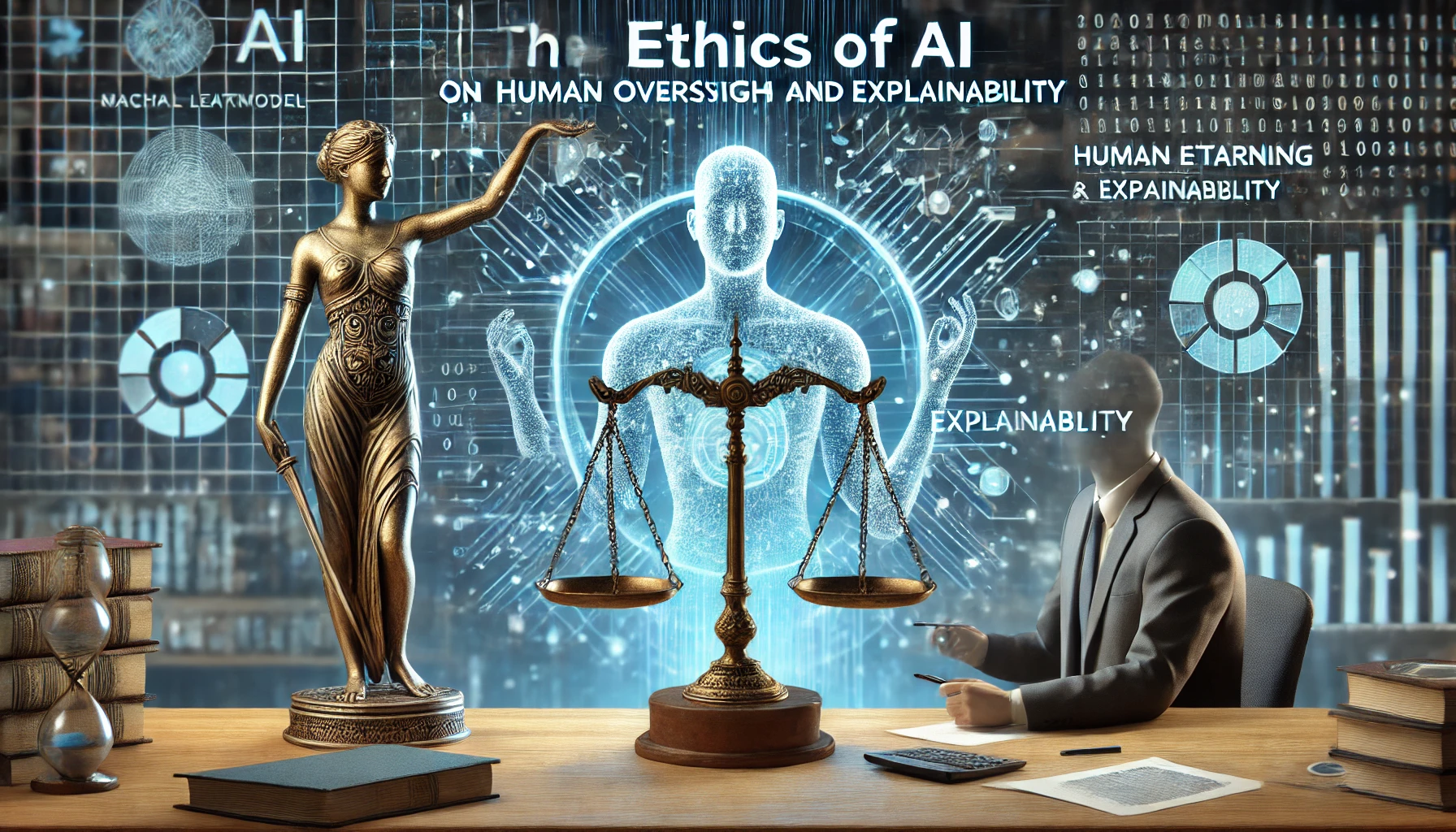As artificial intelligence (AI) continues to advance at a rapid pace, its applications are becoming increasingly embedded in various aspects of society. From healthcare to finance, AI-driven systems are making decisions that have significant impacts on individuals and communities. However, as these systems become more autonomous, concerns about the ethics of AI and the need for accountability are growing. Central to these concerns is the need for explainability and human oversight in AI decision-making processes, a topic that governments worldwide are beginning to emphasize more strongly.
The Rise of Autonomous AI and Ethical Concerns
Autonomous AI systems are designed to operate with minimal human intervention, making decisions based on complex algorithms and vast amounts of data. While this level of autonomy can lead to increased efficiency and innovation, it also raises ethical questions about accountability, fairness, and transparency. One of the most pressing concerns is the “black box” nature of many AI systems, where the decision-making process is opaque and difficult to understand, even for the developers who created them.
This lack of transparency can lead to significant ethical issues, especially when AI systems are used in high-stakes environments such as criminal justice, healthcare, and employment. For example, if an AI system makes a decision that affects an individual’s access to healthcare or determines their eligibility for a job, it is crucial to understand how that decision was made and whether it was fair and unbiased. Without this level of explainability, it becomes challenging to hold AI systems accountable for their actions, leading to potential harm and loss of public trust.
Government Initiatives and the Push for Explainability
Recognizing these challenges, governments around the world are beginning to take action. Regulatory bodies and policymakers are increasingly calling for AI systems to be designed with explainability in mind. This means that AI developers must create systems that can provide clear and understandable explanations for their decisions, enabling users and stakeholders to understand how outcomes were reached.
In the European Union, for example, the proposed AI Act includes provisions that emphasize the need for transparency and accountability in AI systems. This includes requirements for high-risk AI applications to provide detailed documentation and explanations of their decision-making processes. Similarly, in the United States, the National Institute of Standards and Technology (NIST) has been working on developing frameworks and guidelines for trustworthy AI, which include principles of transparency and explainability.
These initiatives highlight a growing recognition that ethical AI requires more than just technical proficiency—it also requires a commitment to human-centered design and governance. By ensuring that AI systems can be explained and understood, governments aim to mitigate the risks associated with autonomous decision-making and enhance public trust in AI technologies.
The Role of Human Oversight
In addition to explainability, human oversight is a critical component of ethical AI. While AI systems can process data and make decisions at speeds far beyond human capability, they lack the contextual understanding and moral reasoning that humans bring to decision-making. As a result, there is a need for human involvement in the oversight and management of AI systems, particularly in areas where decisions have significant ethical implications.
Human oversight can take many forms, from direct intervention in the decision-making process to the establishment of review boards that monitor AI systems for fairness and bias. In some cases, this might mean that AI systems are used to assist human decision-makers rather than replace them entirely. For example, in healthcare, AI might be used to analyze medical data and suggest potential diagnoses, but the final decision would be made by a human doctor who can consider the broader context of the patient’s condition.
This approach not only helps to ensure that AI systems are used ethically but also provides a safeguard against unintended consequences. By involving humans in the loop, organizations can better manage the risks associated with AI and ensure that decisions align with societal values and ethical standards.
The Future of Ethical AI
As AI continues to evolve, the ethical challenges associated with autonomous decision-making will only become more complex. However, by prioritizing explainability and human oversight, governments and organizations can help to ensure that AI systems are developed and deployed in a way that is both ethical and trustworthy.
Moving forward, it will be essential for all stakeholders—governments, businesses, and civil society—to work together to establish clear guidelines and standards for ethical AI. This includes not only technical solutions but also legal and regulatory frameworks that provide accountability and protect the rights of individuals affected by AI decisions.
In conclusion, the ethics of AI is not just a technical issue but a societal one. As we continue to integrate AI into more aspects of our lives, it is crucial that we do so in a way that is transparent, accountable, and aligned with our shared values. By emphasizing the need for explainability and human oversight, we can help to build a future where AI enhances human well-being while respecting ethical principles.




